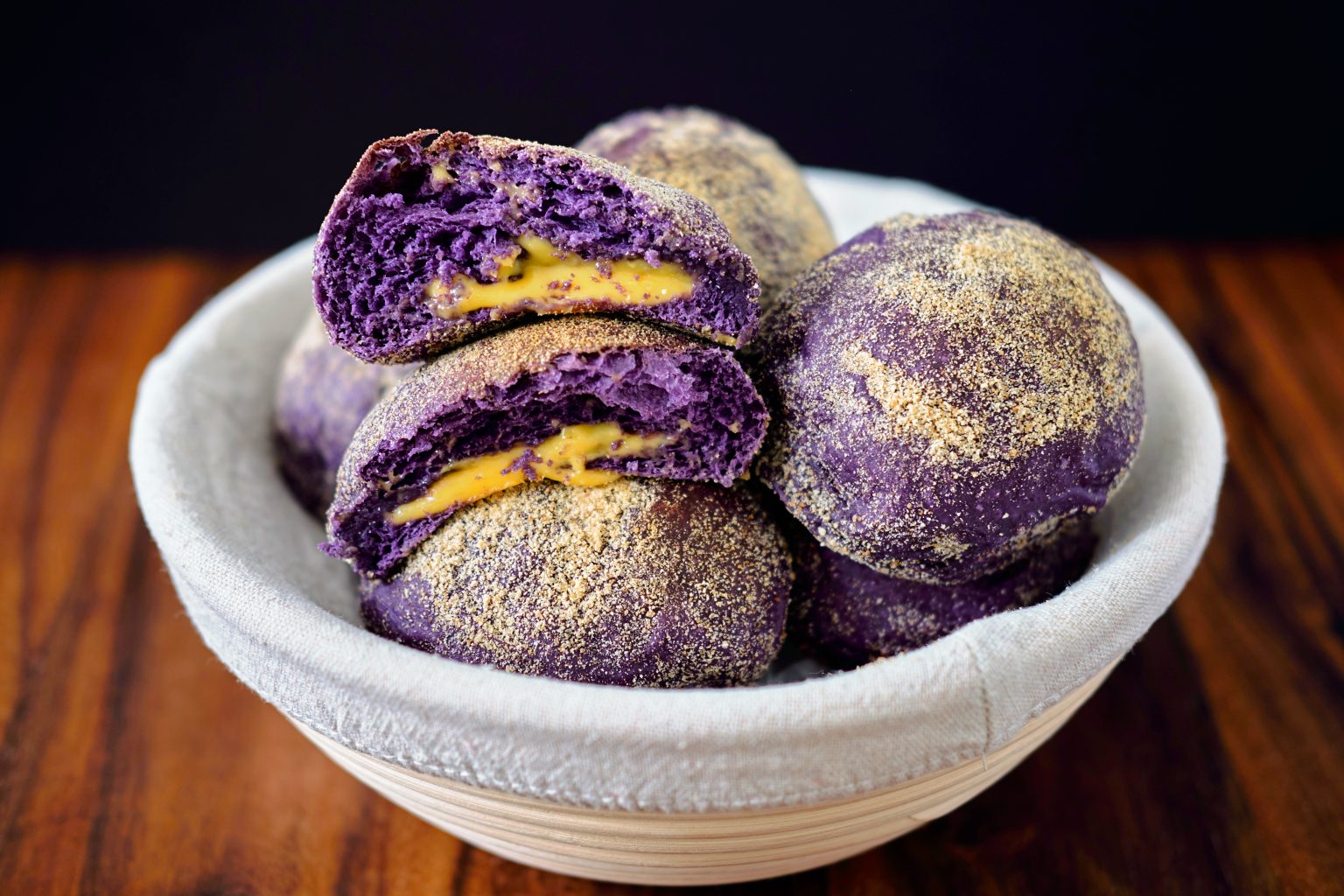A vivid violet wave has swept across the culinary landscape, manifesting in an array of desserts that charm both the eye and the palate. The rise of purple-hued sweets, ranging from ice creams to macarons, can largely be attributed to ube — a sweet yam with a distinctive colour that has taken the world of desserts by storm. This tropical root vegetable, boasting a rich, sweet profile, has risen from its traditional roots in the Philippines to become a global sensation.
Popular on social media for its photogenic qualities, ube’s allure is more than just skin-deep. The tuber is celebrated for its unique flavour, which adds a creamy, vanilla-like essence to a variety of dishes. As a result, it has become a beloved ingredient in the world of gastronomy, finding its place in innovative recipes and classic treats reinvented with a contemporary twist. The ascent of ube speaks to a broader trend embracing the natural vibrancy of food and the exploration of nuanced tastes from around the globe.
Understanding Ube
- Origin: Southeast Asia, chiefly the Philippines
- Language: Known as ‘ube’ in Tagalog
- Botanical: Belongs to the Dioscorea family, specifically Dioscorea alata
- Visual: Distinctive purple hue
- Taste Profile: Sweet with a hint of nutty and vanilla notes
- Culinary Role: Staple in Filipino desserts; typically blended with condensed milk
- Texture: Tender when cooked
- Form: Available as fresh produce, powder, or extract
- Nutrition: Classified as a nutritious root vegetable
Is Ube Healthy?
Nutritional Benefits of Ube:
- High in Carbohydrates: Ube serves as a good source of energy due to its carbohydrate content.
- Rich in Vitamins: Provides vitamin C and vitamin A, which are important for immune function and vision.
- Fiber Content: Contains dietary fiber, which supports digestive health.
- Mineral Supply: Offers minerals such as potassium, calcium, and iron.
- Antioxidant Presence: Packed with antioxidants, including anthocyanins, which may help reduce inflammation and cancer risk.
Considerations:
- Although ube is nutritionally dense, it’s also used in desserts that may have added sugar and fat. Therefore, it should be consumed in moderation.
- The root is often compared to taro and sweet potatoes, sharing similar attributes in terms of resistant starch and fiber content.
Usage:
- Ube is versatile, utilised in both savoury and sweet dishes. Its purple colour is particularly popular in confectioneries.
- Despite its common use in sweets, its health benefits are best harnessed when incorporated into a balanced diet with reduced sugar content.
The Rise of Ube in Western Gastronomy
Ube, originating from the Philippines, has entrenched itself in Western culinary arts, prominently featuring in an array of desserts. This vibrant purple yam enlivens a spectrum of sweet courses, from traditional Filipino treats like halo-halo to trendy cupcakes and ice cream. Its introduction on the New York culinary scene kicked off at Manila Social Club with the presentation of ube doughnuts back in 2016, setting a precedent for innovative ube-infused concoctions.
In addition to its visually stunning hue that captivates and thrives on Instagram, ube boasts a rich, sweet taste that appeals equally to the palate. Its versatility makes it a favoured addition to baked goods, creamy confections, and even some savoury dishes where it pairs with ingredients such as coconut milk and butter.
Popular supermarket chains like Trader Joe’s have embraced the trend, stocking ube ice cream and helping to cement ube’s position within the mainstream food market. It is clear that the appeal of ube extends beyond its photogenic quality, as the delightful taste continues to win over dessert aficionados across the United States.



